Assessment
Look, Listen and Feel for :
- Capillary refill longer than 3 seconds
- Look for both external and internal bleeding:
- Weak pulse or very rapid pulse
Management
- Establish 2 large bore IV cannulae appropriate for age

- Start
1 litre bolus of Normal Saline or Ringer’s Lactate and give its as fast
as possible with in 30 minutes (or 20mL/kg in children if no evidence
of fluid overload or malnutrition)

- Re-evaluate after and plan for second bolus if condition not improved, plan for blood or other colloids
- For burns, use fluid replacement by Parkland formula
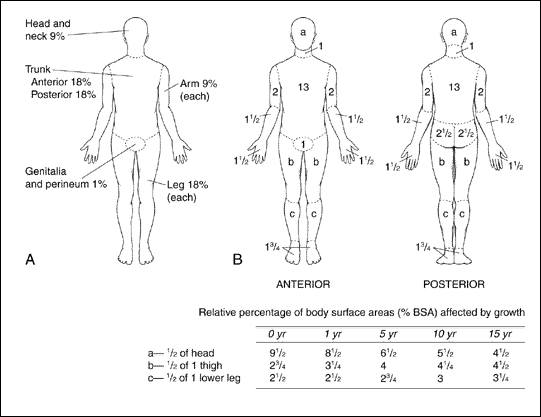
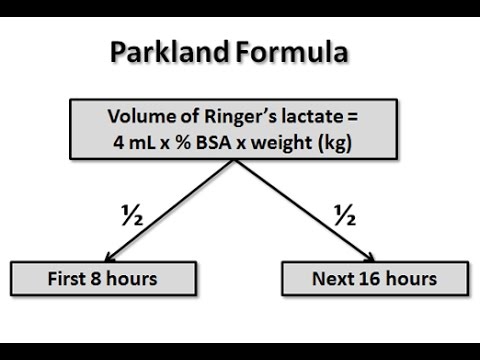
- Femur fractures should be splinted
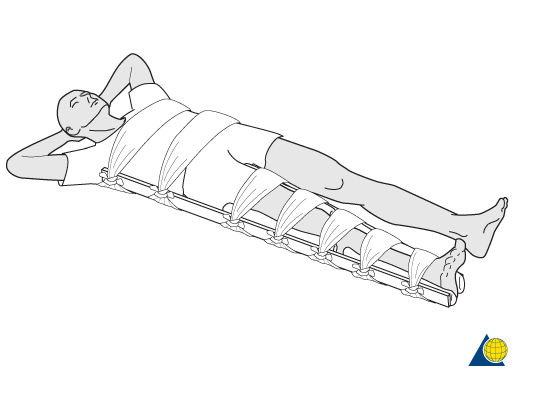
- A pelvic fracture should be bound with a pelvic binder
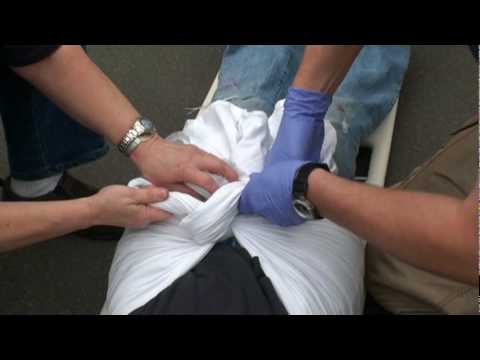
- Apply direct pressure to control active bleeding and do deep wound packing if wound is large or gaping
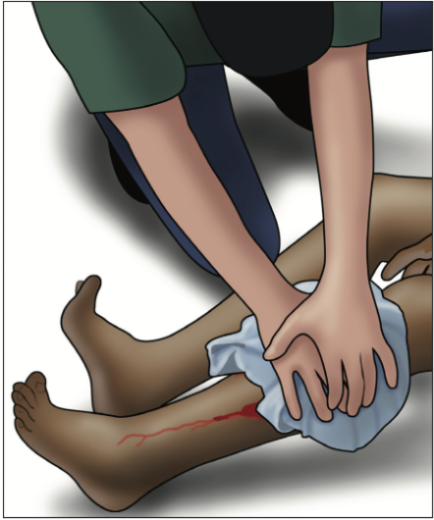
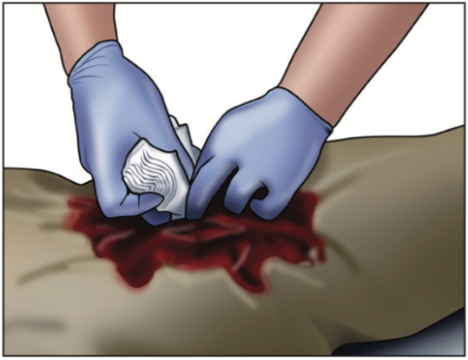
- If amputated limbs or other uncontrolled bleeding, Apply tourniquet, start IV fluids and plan for urgent surgical intervention
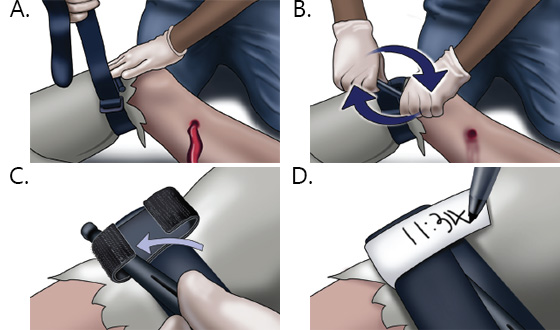
- Always leave any penetrating objects in place and stabilize the object before definitive surgical intervention
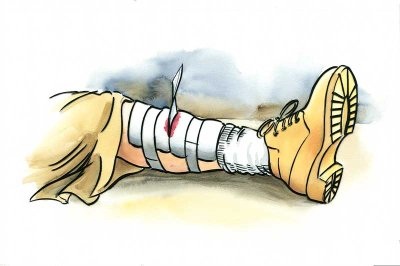
Examples of Conditions:
1. Hypovolaemic Shock
Signs and symptoms
- Tachycardia, tachypnoea, pale skin, cold extremities, slow capillary refill
- Dizziness, confusion, altered mental status
- May be hypotensive
- External bleeding or internal bleeding
Management: as indicated above
2. Pericardial Tamponade
Signs
- Tachycardia, tachypnea, hypotension, pale skin, cold extremities and delayed capillary refill
- Distended neck veins
- Muffled heart sounds
- Dizziness, confusion, altered mental status
Management: IV fluids, pericardiocentesis












